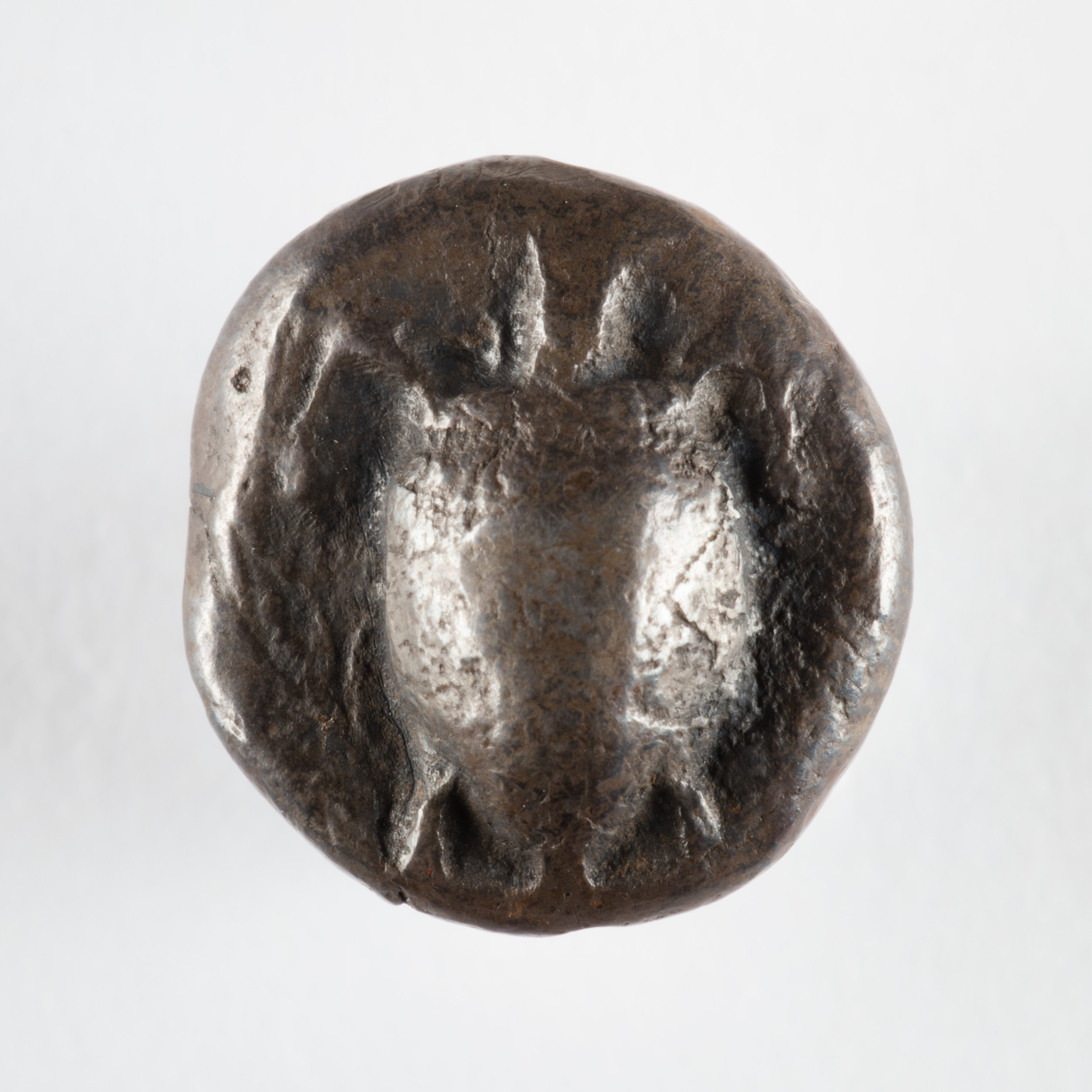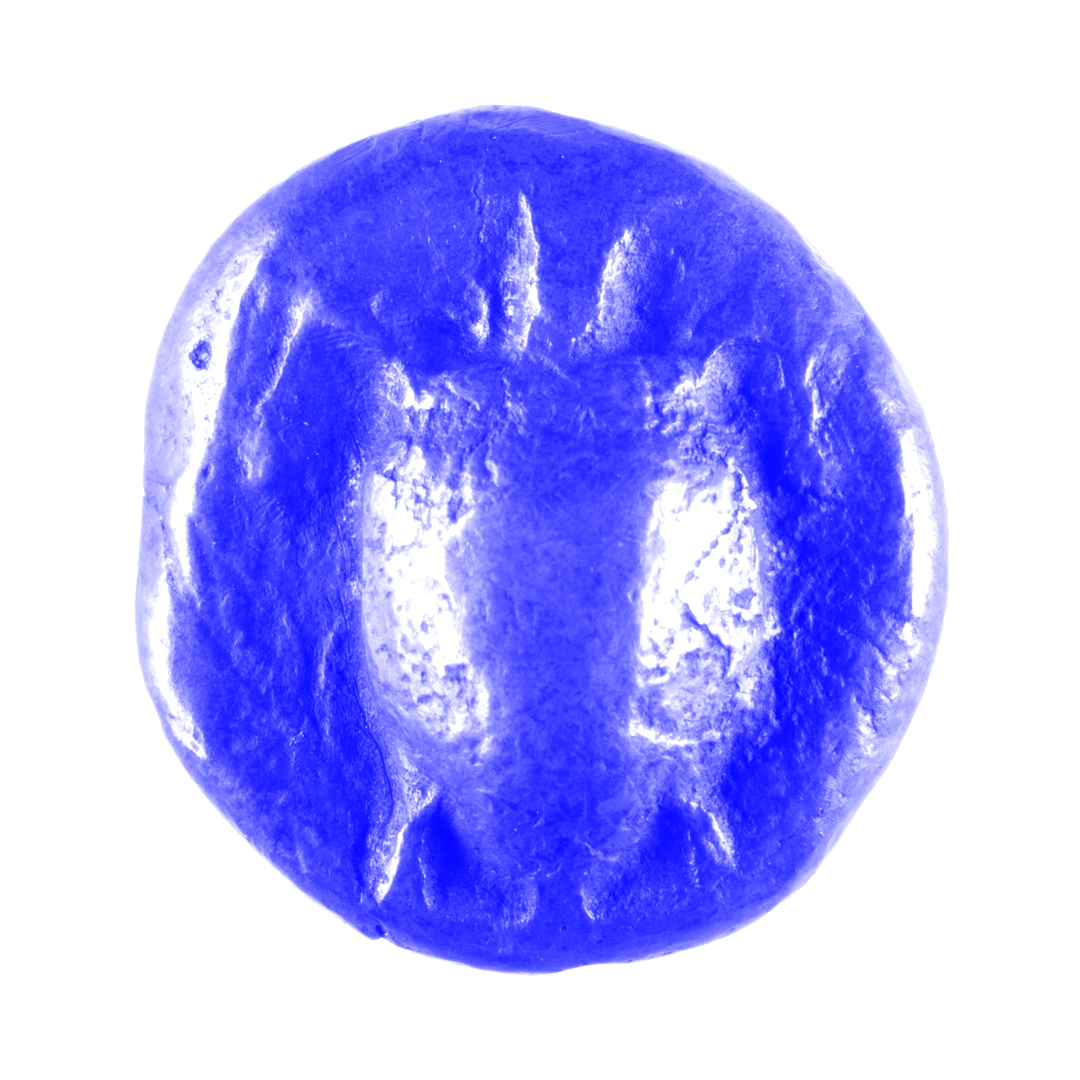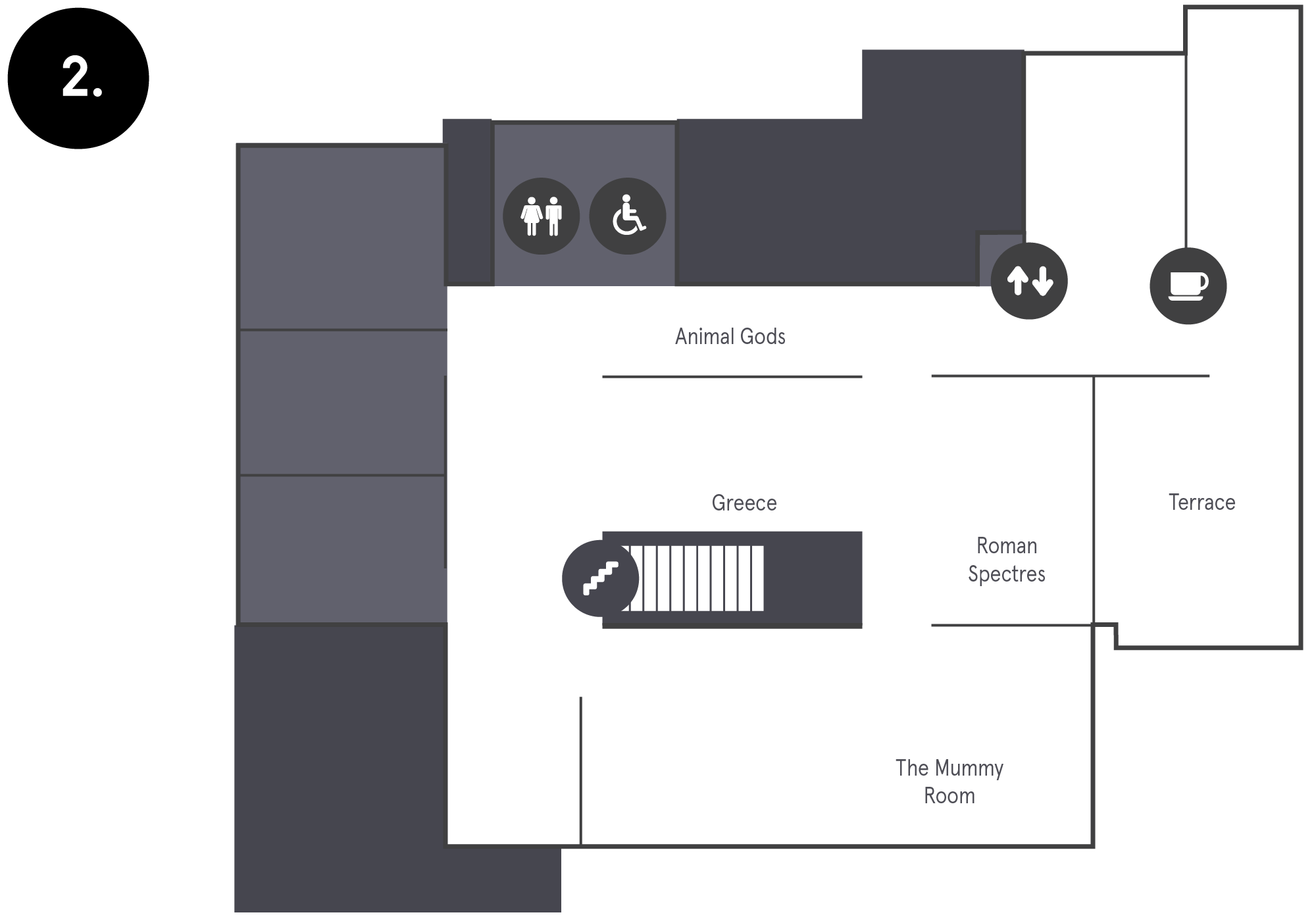

Turtles were plentiful in the waters surrounding ancient Greece. They appear on some of the earliest known minted silver coins discovered in the region as ambassadors for maritime trade.
Turtle symbolism in Greece is also found in the famed Aesop’s fable, The Tortoise and the Hare. While the fable emphasises the importance of persistence, the animal’s slow movement is critical to the story.
The ancient Greeks, then, may have been surprised to learn that over two thousand years later, turtle racing would become a popular sport in the Caribbean and parts of the USA. More surprisingly still, these racing turtles may even have played a role in the downfall of the notorious gangster, Al Capone.
In 1930, Al Capone was the number one ‘Public Enemy’ on the Chicago Crime Commission’s list. Having amassed great profits from his dog-racing enterprises, Capone was enthusiastic about the idea of expanding his gambling empire to include turtle racing. The relatively small size of the reptilian racers was particularly appealing to the gangster. Chicago in 1930 was under the laws of the Prohibition era, meaning the sale of alcohol was illegal in the city. Capone’s plan was to build tiny racetracks in the thousands of speakeasies he ran throughout the state of Illinois, where his liquor was sold and money could be made from betting on the turtle races.
Capone’s aide bought 5,000 mud turtles for the new business. A newspaper article in the Baltimore Sun of 7 November 1930 reported that Capone didn’t sufficiently research his new venture, leading to the construction of faulty turtle racing tracks. When a test race was conducted, the design of the tracks was found to make racing impossible, with tangled turtles trudging off in all directions.
Capone was left with a herd of 5,000 turtles and nowhere for them to run. The gangster decided to cut his losses, and ordered his henchmen to dump the racing turtles at any place they could find. On the morning of November 2nd, 1930, 2,000 mud turtles were discovered wandering down South Michigan Avenue. The remaining 3,000 animal athletes were later found meandering around a vacant suburban lot. With their sporting careers reaching an untimely end, the ‘orphans’ were gathered up by the Illinois Humane Society.
As for Capone, it was an employee at one of his horse racing establishments who eventually testified against him, contributing to his downfall. It may have been advantageous for the gangster to have stuck with racing turtles.

